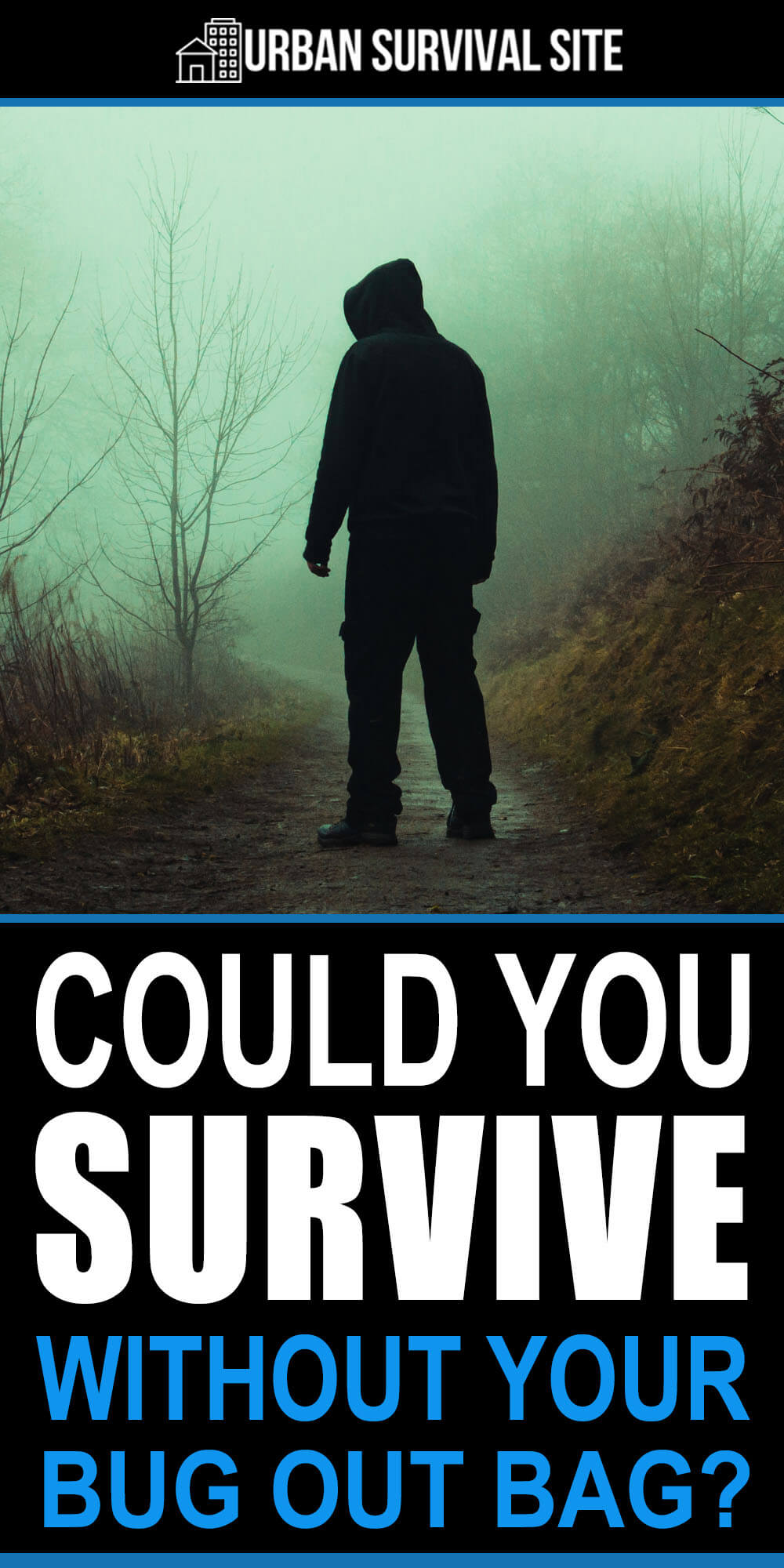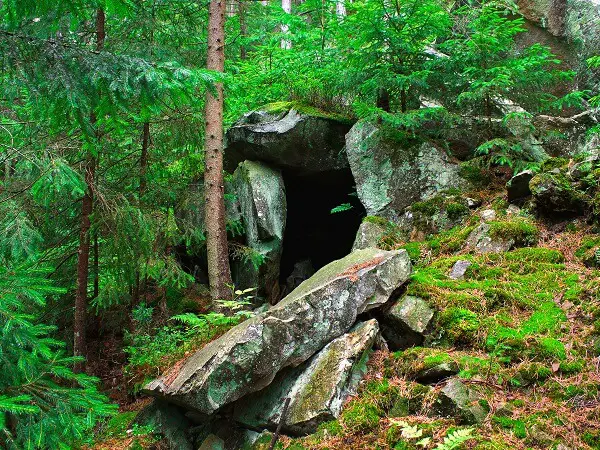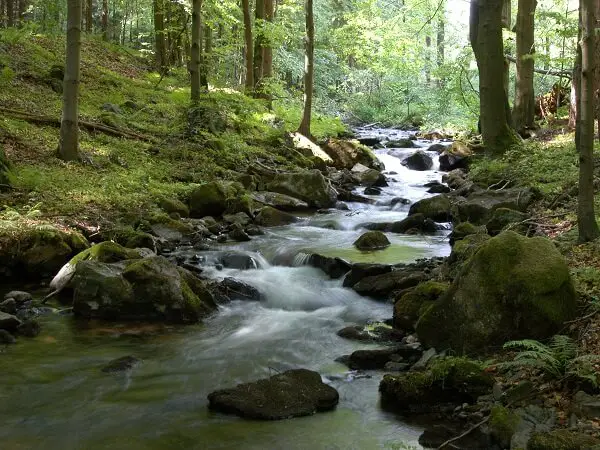Could You Still Survive Without Your Bug Out Bag? is republished from http://totalsurvival.net


 It finally happened, but I was prepared. The catastrophic event I had been planning for had occurred. I spent thousands of dollars on gear. I had the right equipment for nearly any situation, and I had trained how to use it in the hot dry summer and the cold wet winter. I don’t know how many hours I spent learning and training. And now, all of it is gone because some punk got the drop on me while I was bugging out.
It finally happened, but I was prepared. The catastrophic event I had been planning for had occurred. I spent thousands of dollars on gear. I had the right equipment for nearly any situation, and I had trained how to use it in the hot dry summer and the cold wet winter. I don’t know how many hours I spent learning and training. And now, all of it is gone because some punk got the drop on me while I was bugging out.
What if this scenario actually happens? What if when the SHTF occurs, your bug out bag is stolen? You may be ready to deal with most situations with your survival gear, but what if it’s taken away?
Want to save this post for later? Click Here to Pin It on Pinterest!
Years ago, during training with flares, I was acting as the safety officer. The fire department chief pulled up and asked me where my fire fighting tools were. I raised my empty hands toward him and said, “Right here.” He smiled and said, “Good answer.”
Your training should include strengthening your mind and your will to survive. Not just expanding your knowledge but putting yourself in situations that allow you to deal with increased stress. For example, dealing with extreme heat or cold, survival camping weekends where you learn to survive with less and less gear, having to improvise an item that is “lost” or that you forgot to take with you.
Knowledge is the one thing no one can take away from you. That’s not to say you shouldn’t plan on bugging out with high-quality gear that will last a long time. But remember, the best and longest lasting tools are your mind and your body. With just those two things, you can create just about anything. So how do you get back into survival mode after being robbed and seemingly left helpless?
Have A Backup Plan
First of all, have a backup plan in case this occurs. If your bug out bag is lost or stolen, your backup survival kit should be what is referred to as a “body survival kit”. What I mean is equipment that you have on your body that is not readily visible but will help you survive. I am not recommending something as obvious as a full-blown utility belt–that may be taken from you as well. But at least a few items on your belt that will help you to survive.
On my person, I carry a folding knife, a neck knife as a backup, a firestarter, and a plastic storage bag with a small personal survival kit. I may have a multitool on my belt and a holster in my back, this would be covert and a possible surprise to any would-be thieves. If it is necessary to leave, I would also have a cell phone and some type of energy bar in another pocket.
Find The Right Location
Your bug out location should be a place where you can survive for weeks or even months. But for now, focus on a place where you can survive for one week. The location should be higher up to provide a good vantage point for defensive purposes. It should have multiple escape routes in case your hiding spot is discovered. Choose a place that you can depend with warning traps as well.
Optimally, it should be relatively close to a stream to obtain water and a place where known plants are abundant. A great spot will also have prevalent wildlife such as rabbit and deer, any animals that can be snared and trapped.
Build A Shelter
Once at the location, shelter will be crucial to protect you from the elements. There are various types of shelters, but the best ones are those already provided by nature such as a cave, a rock overhang, or a tree well.
If you have to improvise a shelter, it must be sturdy, waterproof, and well camouflaged so that it’s nearly invisible to the eye. This article has some good examples of various types of shelters. Regardless of which shelter you build, I highly suggest an insulation bed such as the bough bed. This will help keep you warm in any climate or at any time of the year.
Find Some Water
Water is more important than food and should be procured at every opportunity because you may not know when you will get more.
Low lying areas such as canyons or gullies with small creeks leading to them are good indicators of where water might be. Look for leaf-bearing trees as they require more water to survive. If you encounter more insects in a particular area, a small pond or water source may be close by. Insects are always drawn towards water. In drier areas, look for water holes that have pooled up with hidden pockets of water.
Here are some ways to find water in the wilderness. Learn as many as you can because water is life!
Find Some Food
It is definitely a good idea to learn some of the edible plants in your area. This site is a good place to start to find edible plants that are available. Some common plants to find almost anywhere include the cattail, broadleaf plantain, and berries such as wild strawberries, blackberries, raspberries, huckleberries, etc.
Research your local area and learn to identify these at various stages of growth. Plants are great because you can stealthily obtain them and they don’t fight back.
Build A Fire
Depending on the time of year, a fire may be a necessity to keep warm, cook food, or boil water. If temperatures drop below 50 degrees and you are soaked, you will definitely need a fire to dry out wet clothing. Fire has unlimited uses, but be sure to choose an area with not only trees that can be cut down and used but also trees with branches that can be plucked to start a smaller fire.
While splitting wood is usually the best choice, a smaller fire is more tactical and less likely to be seen. If you aren’t used to building fires in the wild, this article is a good place to start.
Increase Your Knowledge
The largest takeaway from this article is that you need to increase your knowledge. Always keep learning and don’t forget to practice what you have learned until you master them.
Additionally, be sure to practice your getaway procedures. Take your bug out bag, hit the road, and drive like your normal life is over. Plan more than one route and what you will need as you go. Scout locations along the way where you can obtain what you need. Where will you get fuel? Water? Food? Ammo? Supplies in general?
Another idea is to have a survival cache available with other supplies that you may need along with back up supplies. Should you have your items stolen, you can then replace what was taken. This situation is one you cannot perform poorly–your very life may be at stake. Since this is Plan B to Plan A, practice this one again and again.
Like this post? Don’t forget to Pin It on Pinterest!
You May Also Like:
This article first appeared on urbansurvivalsite.com See it hereRead Full Article Here: Could You Still Survive Without Your Bug Out Bag?


No comments:
Post a Comment